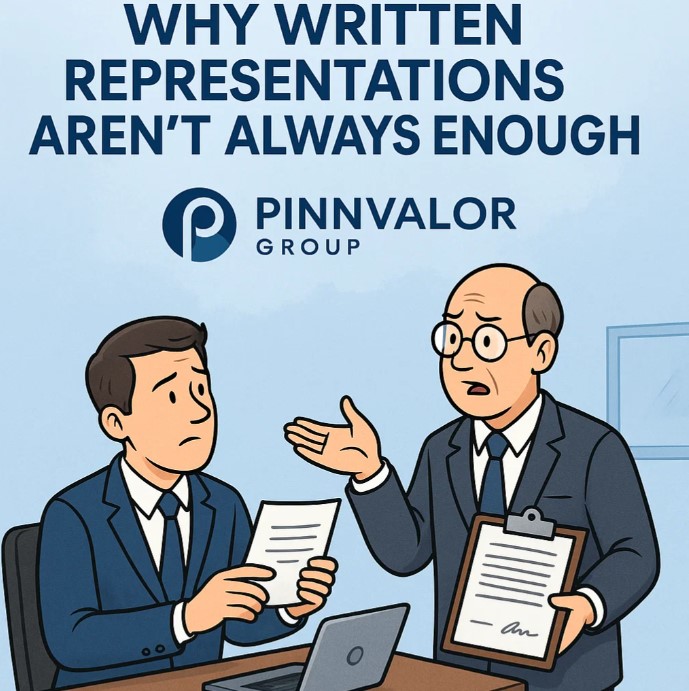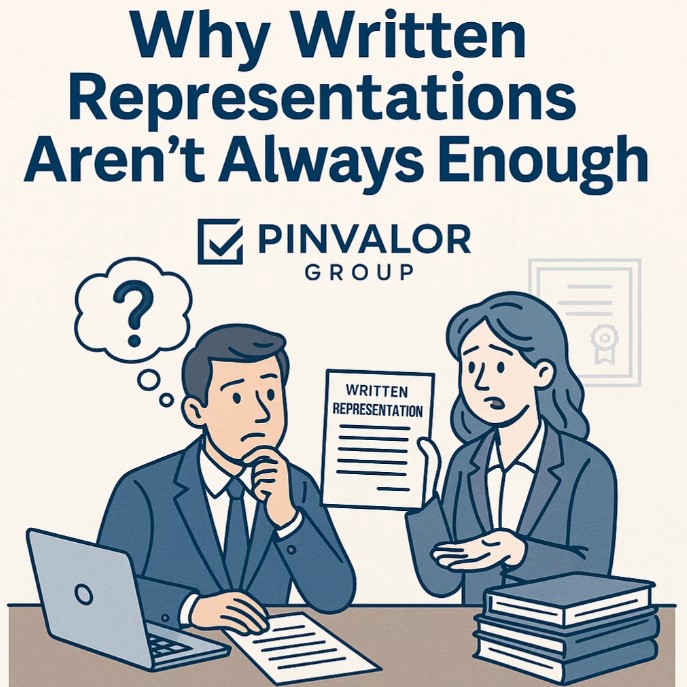
SA 580 in Focus: Why Written Representations Aren’t Always Enough
Written representations are a staple in every audit file. They provide formal confirmations from management to the auditor, supporting the audit evidence gathered during the engagement. SA 580 – Written Representations, issued by the ICAI, governs this process. However, auditors must tread carefully—while these documents may add a layer of assurance, they are never a substitute for solid audit procedures and sufficient appropriate evidence.
This blog delves into the scope, purpose, and the critical limitations of SA 580 so that auditors and stakeholders alike understand where reliance ends and professional skepticism must begin.
Can a signed letter from management truly replace solid audit evidence?
Written confirmations are helpful—but never final. Your audit opinion must stand on stronger ground.
What Is SA 580 All About?
SA 580 establishes the auditor’s responsibility to obtain written representations from management and, where appropriate, those charged with governance. These representations support other audit evidence and may be used to confirm certain matters or acknowledge responsibilities.
It’s important to note: written representations are not audit evidence on their own. Rather, they complement other sources.
Key Objectives of SA 580
SA 580 is designed to:
- Obtain written confirmation of management’s responsibilities.
- Support other audit evidence when direct evidence may not be available.
- Reduce misunderstandings or disputes about oral representations made during the audit.
For example, representations related to:
- The completeness of information provided.
- Recognition and disclosure of contingent liabilities.
- Compliance with laws and regulations.
Scope of Written Representations
Written representations cover:
- Management’s Responsibility: Acknowledging their responsibility for the preparation and fair presentation of financial statements.
- Information Provided: Confirming that all relevant financial records and information have been disclosed to the auditor.
- Specific Assertions: Such as confirming that liabilities are appropriately recorded, or related party transactions have been disclosed.
These are typically obtained towards the end of the audit, dated the same as the audit report.
The Limitations: Why They Aren’t Enough
Despite their formal nature, written representations have inherent limitations:
- Not Independent Evidence: Representations are internal and self-serving. They lack the objectivity of third-party confirmations or documented transactions.
- Risk of Misrepresentation: Management may provide misleading or incomplete representations, either unintentionally or fraudulently. If the auditor has doubts, reliance on these documents becomes risky.
- Cannot Replace Audit Work: SA 580 is clear: written representations can support, but not replace, other audit procedures. If there's no corroborative evidence, the auditor must perform alternative procedures.
- Red Flag Indicator: Refusal by management to provide written representations—or hesitation—can indicate deeper issues such as dishonesty, lack of integrity, or internal control weaknesses.

Professional Skepticism Is Key
SA 580 emphasizes that auditors must maintain professional skepticism. If the auditor identifies inconsistent or contradictory evidence, they cannot accept the written representation at face value. Instead, they must probe further or revise the audit opinion if necessary.
Case Scenario
Let’s say management provides a written representation stating that no litigation is pending. However, the auditor discovers correspondence from the legal department suggesting otherwise. In such a case, the representation cannot be relied upon. It becomes a red flag, requiring further audit procedures and potential modification of the audit report.
When Written Representations Fail
An auditor must consider the following responses if written representations are not reliable:
- Qualify or Disclaim the audit opinion.
- Report to those charged with governance.
- Withdraw from the engagement (in extreme cases).
Conclusion
Written representations are important, but they are not ironclad. SA 580 ensures that auditors use them wisely—as a tool, not a crutch. In an era of increasing regulatory scrutiny, it’s vital to remember that the signature at the end of a letter cannot outweigh the power of sound audit evidence.
Final Thought
A representation letter may protect you from misunderstandings, but it won’t protect you from an audit failure. Always let the evidence do the talking.
